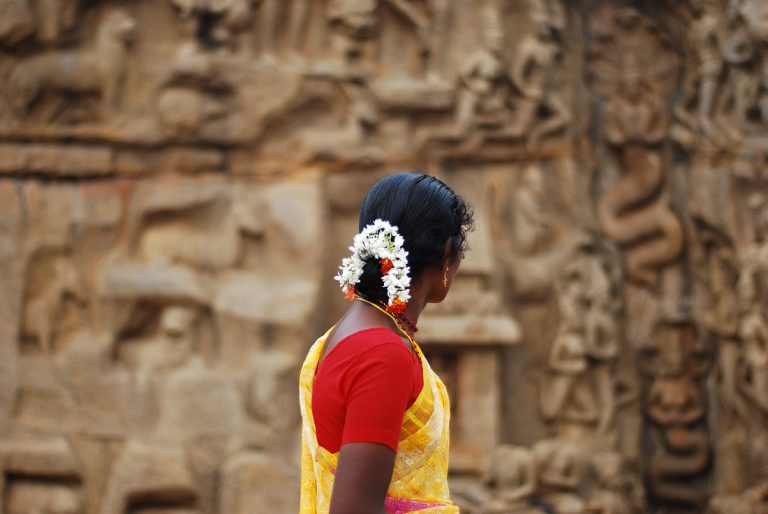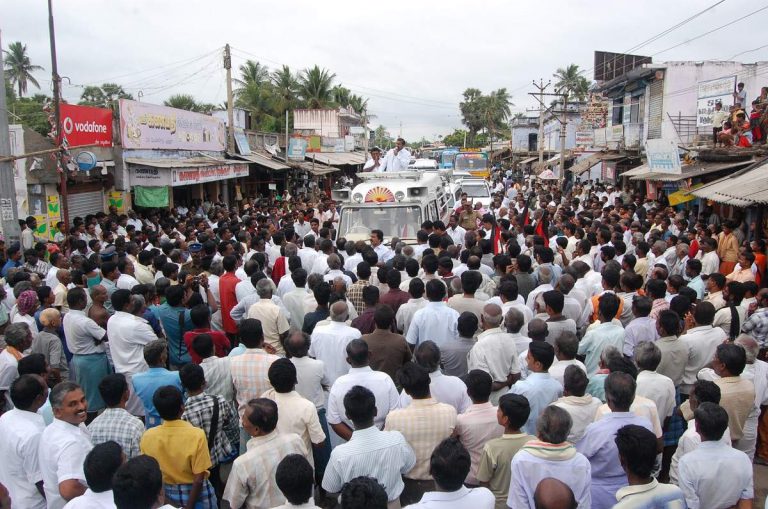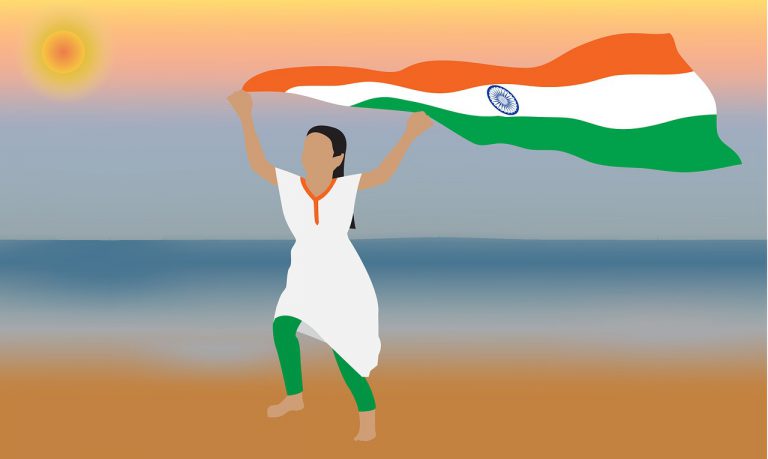India-Japan Relations in the Covid-19 Era
The Republic of India and Japan are two countries with professed stakes to each other in the international community. The partnership between them is one of the world’s most prominent ones while it is the most critical geopolitical partnership between any two Asian countries in terms of helping curb the rise of an assertive and forthcoming Peoples’ Republic of China. In the present circumstances, only India and Japan seem to have the strength to pull the strings in Asian geopolitics with an eye on Chinese activities.
The roots of contemporary healthy, stable, and evolving relations between India and Japan, which encompass a full-fledged and exclusive strategic partnership with regional and global aims and aspirations, can be traced to several decades prior. India was one of the first countries to take to Japan following the tumultuous occurrences of World War II in which Imperial Japan obtained an impression worth putting to death. However, there have been historical linkages between Japan and India from the time that they were civilizational entities, and these ties date back to the 8th century AD. Following the end of World War II (when India chose friendship over antagonism as its policy approach to Japan) in the 1950s, India and Japan exchanged top-level visits and laid the foundation for what has today become a burgeoning ‘special’ strategic relationship working towards enervating regional security concerns.
Even the much-touted Look East Policy of the Congress government of the early 90s has been credited with emphasizing Japan’s importance to India in a strategic framework. The Act East Policy of 2014 onward has resulted in a deepening inclusion of Japan within Indian strategic thinking. The landmark visit of Japanese Prime Minister Mori to New Delhi in the early 2000s is acknowledged as having been responsible for the impeccable state of relations between India and Japan since those years till date. Japan’s formal frustrations vis-à-vis India have also been much discussed with respect to Indian military-nuclear ventures having decisively distanced the two countries for a short period and increased uncertainty about the future.
India and Japan during Covid-19
During the novel Coronavirus pandemic, the first overture by Japan towards India and vice versa was to show solidarity in the wake of their two countries having been among the worst affected by the virus. As on date, India is on course to end up with the most worldwide cases while Japan retains the ignominy of having been the first of a handful of countries to have contracted the pandemic. Encouragingly, the pandemic was unable to throw a spanner in the works as far as India-Japan cooperation in the long run is concerned. Premised on the Special and Global Strategic Partnership of 2014 and the Comprehensive Economic Partnership Agreement of 2010, India and Japan were able to not just maintain but even broaden and, hence, reinforce India-Japan relations in the spectrum of bilateral cooperation during a very testing time for the world as a whole.
In a statement of their strong commitment to each other, India and Japan did not do away with ensuring that ongoing cooperative endeavors meet their desired end-goals. A remarkable number of interactions took place, via the digital medium of course, between various members of their respective governments in a bid to ensure that partnership-based (with an intention to be as ‘strategic’ as possible in the current circumstances) cooperation is sustained, prolonged, and furthered extensively between New Delhi and Tokyo. Bilateral trade was sustained by the two countries on a much smaller quantum than in the previous years, but a favorable trade balance was credited to Tokyo. Dr. Harsh V. Pant of the Observer Research Foundation pointed out that despite trade between Japan and India amounting to tens of billions of dollars ($34 billion over two decades or so), the surplus in favor of Japan will have to be corrected over the next few Japan-India interactions on a priority basis.
In the field of play, the two maritime flag-bearers of their respective naval forces, the Indian Navy and the Japan Maritime Self-Defense Force (JMSDF) were responsible for engaging more deeply with each other through the conduct of preparedness exercises in the Indian Ocean and the two-phase MALABAR exercises to the west and east coasts of India. The latter, it must be noted, aren’t the official exercises of the Quadrilateral Security Dialogue – the anti-China QUAD alignment, but are a separate multilateral naval activity that runs parallel to the four-nation QUAD. The QUAD, as attributed to by the External Affairs Minister S. Jaishankar recently, is chiefly responsible for intensive cooperation in a number of sectors between the member countries and this effectively aids the diversity of India-Japan cooperation. The QUAD has also taken the lead in vaccine diplomacy with a strong focus on ensuring high levels of medical production accompanied by responses in the form of any assistance to countries stricken by the pandemic.
Agreements were signed through the course of COVID19 which offered a welcome distraction to the poor state of medical affairs in Japan and India. They were aimed to boost cooperation and facilitate coaction in the domains of cyber security, artificial intelligence, submarine cable networks, and other such advanced technological areas that matters to maritime security. A Memorandum of Cooperation (MoC) was concluded recently between India and Japan on new and advanced technologies that form a part of the Information and Communication Technology (ICT) realm, emphasizing the focus on the evolving shared future between New Delhi and Tokyo. This also indicates a determination on their part to continue to work towards achieving strategic parity in the Indo-Pacific region, which will be witness to a new ‘Great Game’ in the upcoming years and decades.
‘2+2’ meetings are being held on an annual basis to ensure that all important issues which concern defense and foreign relations are given due priority by designated officials such as foreign ministers. The second 2+2 meeting, specifically with an eye on a regionally intrusive China, was decided for late-April this year, when the COVID19 was well into its devastating second wave in India, in particular. However, it was cancelled (along with PM Yoshihide Suga’s high-level visit to New Delhi) due to India’s surprising and shocking second wave which brought in a massive increase in COVID cases. During the time, Japan was also at the forefront of a struggle against a resurgent Coronavirus, having declared a second national emergency and put the Tokyo summer Olympics altogether into doubt. The two countries have also agreed to Acquisition and Cross-Servicing Agreement (ACSA) during the pandemic, with the landmark understanding signed and made operational by them in September 2020. The ACSA is a logistics agreement which enables sharing of requisite military supplies between the assenting parties.
Vaccine diplomacy is the need of the hour for Japan and India. The two countries have been involved in combating and curbing the rampant novel Coronavirus for the best part of over a year since end-2019. Japan extended financial assistance, alongside their mutual friend in the United States, to India through the Japan International Cooperation Agency’s (JICA) Official Development Assistance (ODA) program which enabled the manufacturing of more vaccines by India – perceived to be the world’s medical manufacturing hub by many – to the benefit of the world at large. Just recently, Tokyo reaffirmed financial assistance to New Delhi as part of its ODA program, leading to resource maximization as far as directly dealing with COVID19 was concerned. As per the Press Information Bureau press releases, the total loan amount inclusive of grant aid is over five thousand crores and has helped strongly cement India-Japan cooperation against COVID.
Ample attention has been paid to contingency planning and preparation with the ongoing pandemic having served as an eye-opener for countries lacking in medical care. Japan’s resort to aid measures in the form of emergency oxygen assistance to a breathless India is an example of why both countries have to absolutely plan for the future in no uncertain terms. In this aspect, it is encouraging that a progressive strategic partnership, that has been upgraded in no uncertain terms, is in place to cater to the evolution of India-Japan relations to the next stages.
The current status of the India-Japan relationship has contributed strongly to its perennial diversification. Alongside traditional areas of binational cooperation, India and Japan have jumped to the forefront of agreeing to take non-traditional cooperation to great heights. 5G, Artificial Intelligence, renewable and clean/green energy, cooperation in areas such as new and unconventional defense, and other such areas have presented the Asian duo with several new workable sectors to explore. Alongside these commitments, a freshness is being brought into sectors such as energy and in combating common ills such as climate change and ecological disasters.
This being highlighted, the focus must also firmly remain on traditional areas such as two-way trade between the two countries. As per this Author’s calculations, during 2020 – the main year of the pandemic, India-Japan trade amounted to over $10 billion but India’s share of exports to Japan was a paltry figure (approximately $3 billion). It is encouraging to note that India’s leaders have prioritized shifting the balance of trade in favour of India to help boost the broader trade imperatives of the country.
- Planning state’s approach towards low income workers
- India’s role in heralding a new multilateral order
- The changing contours of Sino-USA relations
As per Dr. G. A. Ramadass, Director, of the National Institute of Ocean Technology (NIOT), India is suffering from a lack of technology-sharing from Japan in regard to deep sea mining which is an aspect of the maritime domain that is increasingly being viewed as crucial to the blue economy. However, this, according to him, may be due to inherent issues with Japanese technology per se rather than anything to do with fault lines within the India-Japan strategic partnership. This being said, technology exchange between India and Japan holds the key to the future of the strategic partnership with a focus on improving qualitative paradigms over quantitative ones.
Meanwhile, focus also remains on regional developmental paradigms being spearheaded by India in partnership with Japan, which attempt to cater to the diverse interests of all parties involved. Countries such as Bangladesh and Sri Lanka have largely acceded to Indo-Japanese involvement in key areas such as infrastructure projects meant to facilitate development in the host country. Most of this development is centered on maritime infrastructure projects meant to stimulate nascent blue economies and connect them with the rest of the world.
Conclusion – India and Japan in the Near Future
The two partners, India and Japan, have only strengthened their commitment to each other during a strenuous 12 months and beyond. It is clear from the plethora of statistics available that the COVID has inflicted just as much damage on the two Asian democracies as is the statement of their long-running but still relatively recent bonhomie of over two prior decades. COVID has damaged the very fundamentals of Indian and Japanese societal existence and much work remains to be done.
It has left behind scars that will forever stigmatize not just the individual perceptions of India and Japan on the world’s stage but even their mutual standing with regard to China. Having surpassed Japan to economic superiority and having kept India at bay for several decades, China’s direct and indirect impact on India and Japan has been immense, to say the least. China single-handedly is the biggest challenge on offer for India and Japan and it might not be wrong to think that even the combined duo, with their political, economic, and (geo)strategic weight, have a handful as far as dealing with the Dragon is concerned.
For the future, India is more than inclined to rely on Japan to bring forth its holistic rise while the latter stands to gain immensely from India, too, in the form of a prospective companion power. The convergence between the two countries is far, far beyond their basic global perceptions as major powers (which remain subject to debate owing to changing parameters of countries’ emergence) with the sheer number of working areas being covered offering immense optimism for the future of Asia and the Indo-Pacific. India and Japan are leading the way in the world, and their ties during the COVID era have strongly undersigned their international cooperation.
Disclaimer: The views expressed above belong to the Author only. They do not represent, in any capacity, the views of his employer in the National Maritime Foundation or the publisher of this Article in The Armchair Journal.
Featured Image Credits: Pixabay








